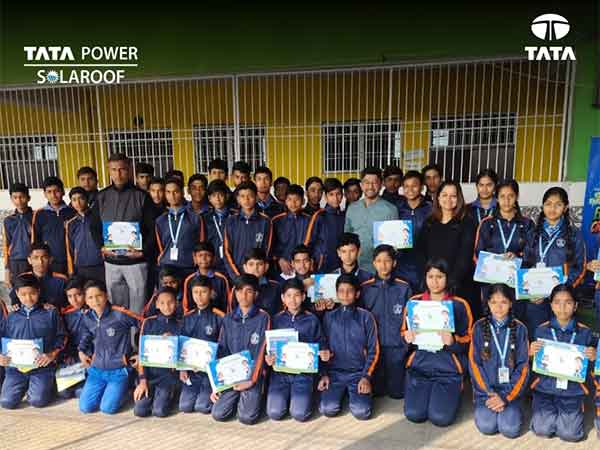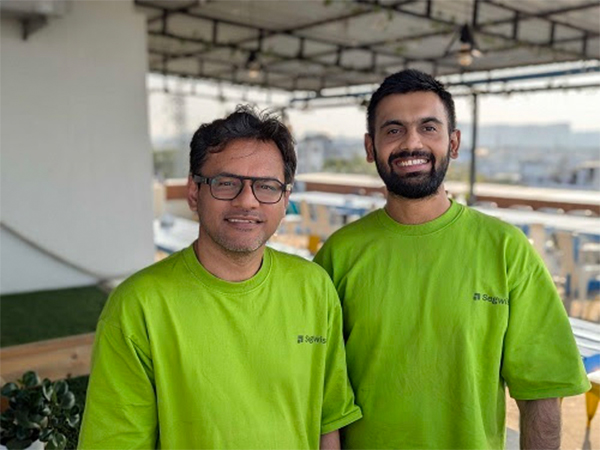Russian spacecraft engine breakthrough
Feb 11, 2025

Moscow [Russia], February 11: Scientists from Russia's State Nuclear Energy Corporation recently announced the development of a plasma electric rocket engine that they claim could send a spacecraft to Mars in just 1-2 months.
Unlike traditional rocket engines for spacecraft that rely on fuel combustion, the innovative propulsion system uses a magnetic plasma accelerator and promises to significantly reduce travel time between planets, according to Interesting Engineering on February 10, citing information from the Russian newspaper Izvestia .
"A plasma rocket engine is a type of electric motor, based on two electrodes. Charged particles are passed between them and at the same time a high voltage is applied to the electrodes. As a result, the electric current creates a magnetic field that pushes the particles away from the engine. Accordingly, the plasma receives directional movement and creates thrust," researcher Egor Biriulin at the Troitsk Institute of Russia's State Nuclear Energy Corporation (Rosatom), told Izvestia .
In this approach, hydrogen is used as fuel and the engine accelerates charged particles, electrons and protons, to speeds of 100 kilometers per second. "In conventional power units, the maximum velocity of a material flow is about 4.5 kilometers per second, which is due to the conditions of fuel combustion. In contrast, in our engine, the working objects are charged particles accelerated by an electromagnetic field," Alexei Voronov, first deputy general director of the Troitsk Institute, explained, according to Izvestia .
A faster journey to Mars would not only increase efficiency but also reduce the risks associated with long-term exposure to cosmic radiation for astronauts.
A prototype laboratory plasma engine has been developed at the Troitsk Institute. It will undergo extensive ground testing to refine its operating modes and pave the way for the creation of a flying model, which is expected to be ready by 2030.
Source: Thanh Nien Newspaper









